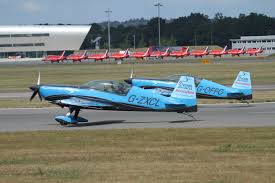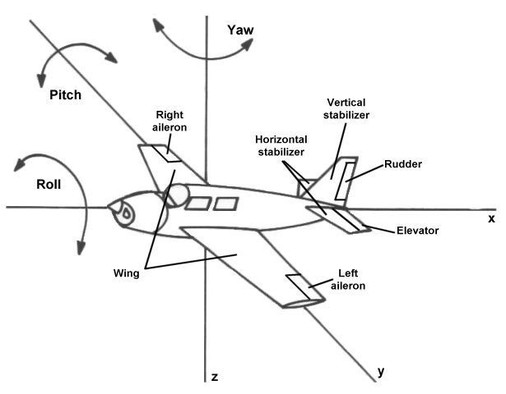that's wrong....the rudder is out of plane by 90 degrees and is not affected....unless you want to discuss blanketing or adverse yaw.
Dude, the rudder doesn't create lift, it (much of the time) corrects for yaw. At high angles of attack, a rear-swept rudder is far from perpendicular to the air flow (rear sweep angle + angle of attack), while a forward-swept rudder will be much closer to perpendicular (forward sweep angle - angle of attack).
For example, sweep the rudder back 40°, add 15° angle of attack while landing in a crosswind; the rudder is now swept back 55°, giving it an effective length less than half of what is measures (cos 45° < .500, my HP calculator isn't handy right now).
Now sweep the rudder forward 25°, add 15° angle of attack while landing in a crosswind; the rudder is now swept forward 10°, resulting in just a minor loss of effective length.
The more perpendicular the rudder is to the airflow, the more effect a given throw will have. I've not had any crosswind correction issues in my 180 hp Mooney. Make two identical rudders, the one with a small forward sweep will create more force per unit throw than the highly rear-swept rudder, and the difference will increase as the angle of attack increases. Or do the aerobatic planes sweep the rudder forward because it looks cool and not for the effect?
Now the vertical stabilizer leading edge is all styling, there's no debate there. But the rudder leaning forward is functional. And now there's no debate about Van copying the Mooney tail, since Al Mooney made the leading edge vertical instead of slightly rear-swept like so many recent planes.



